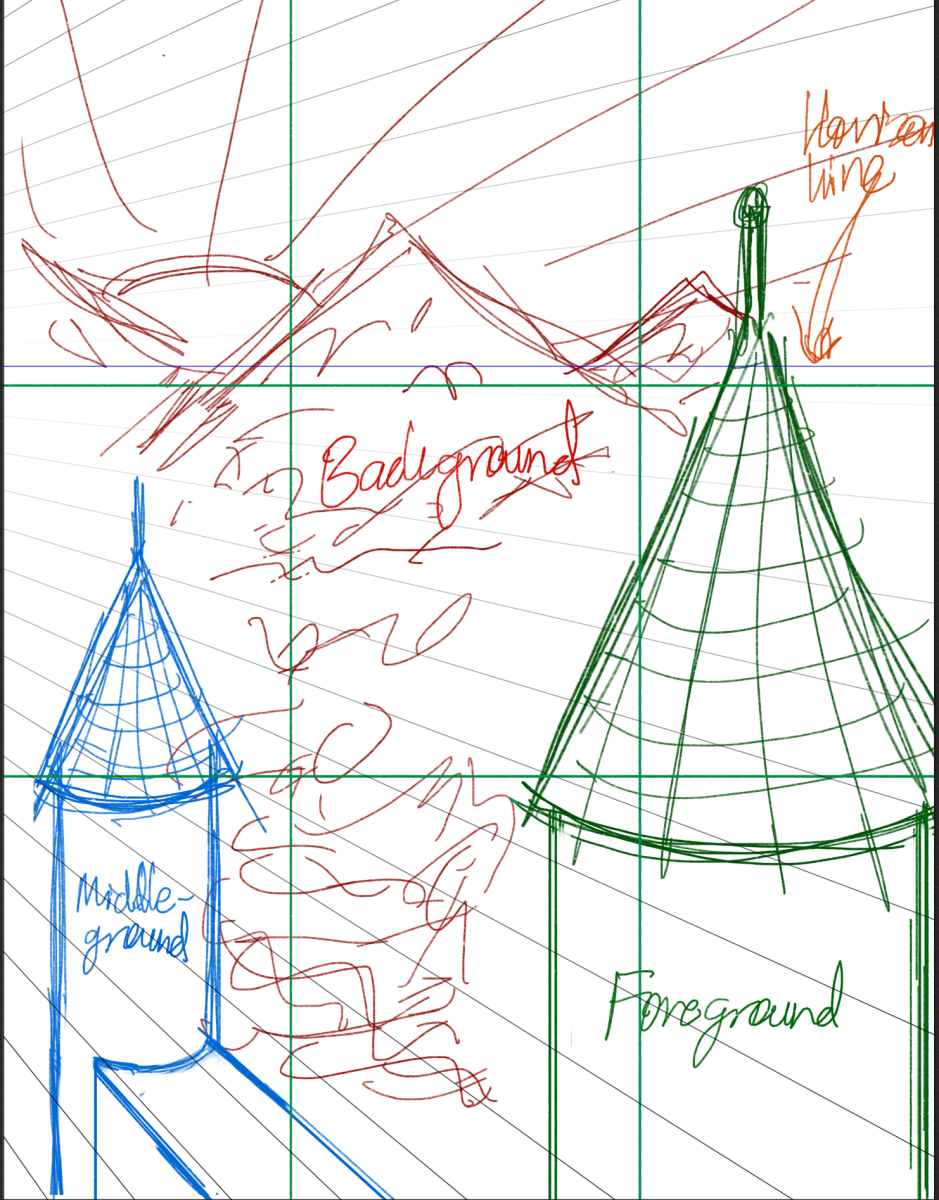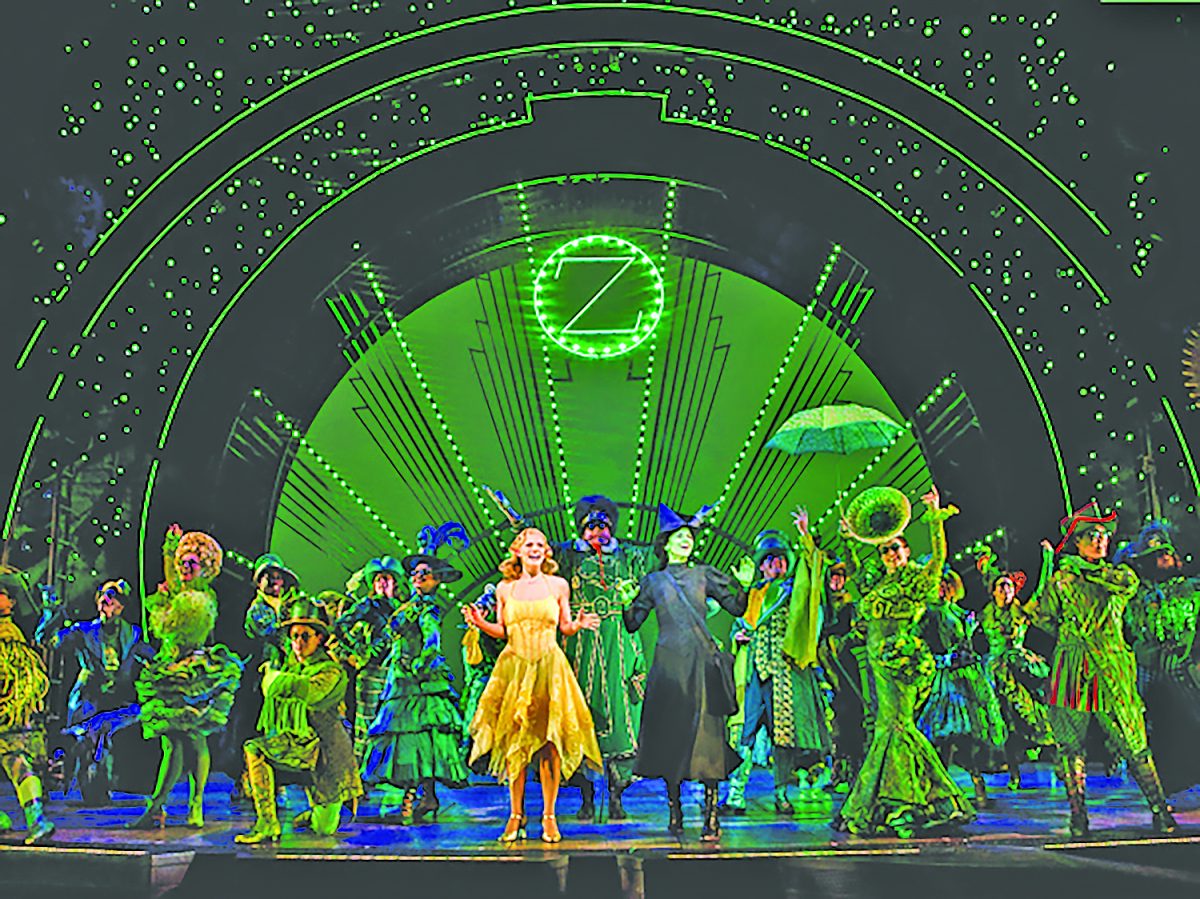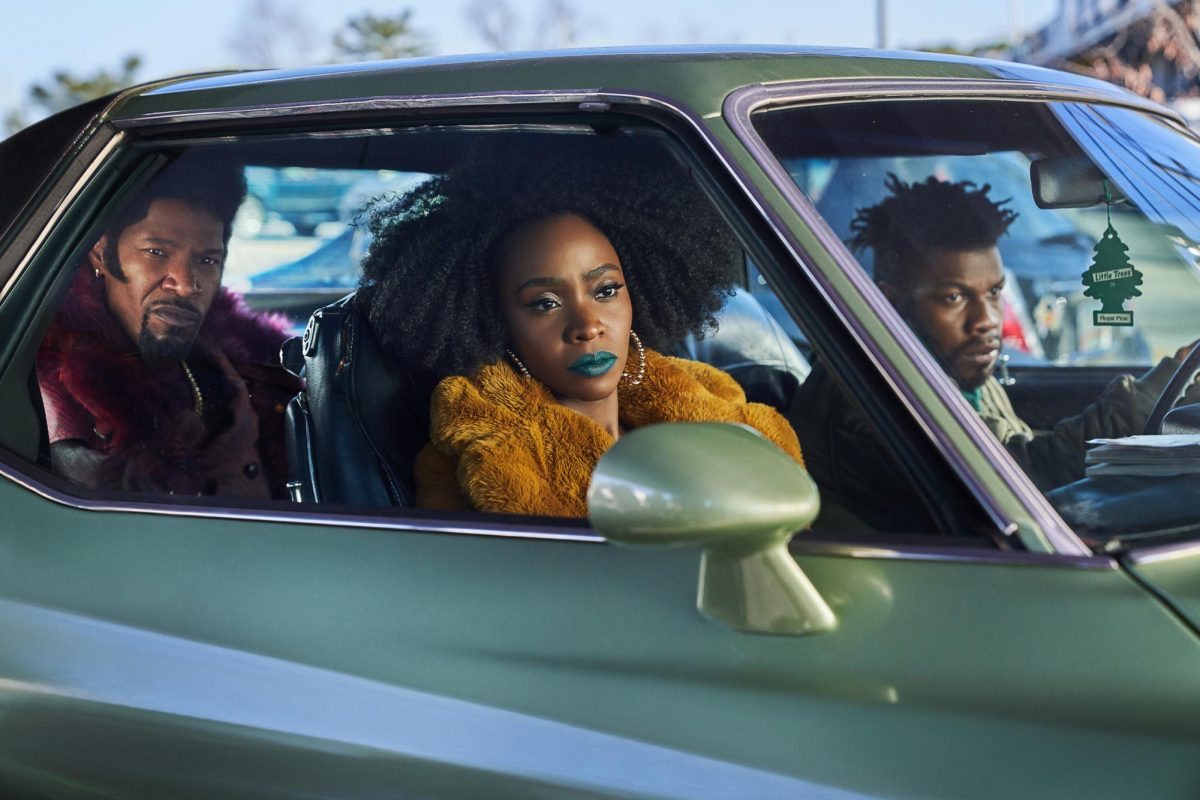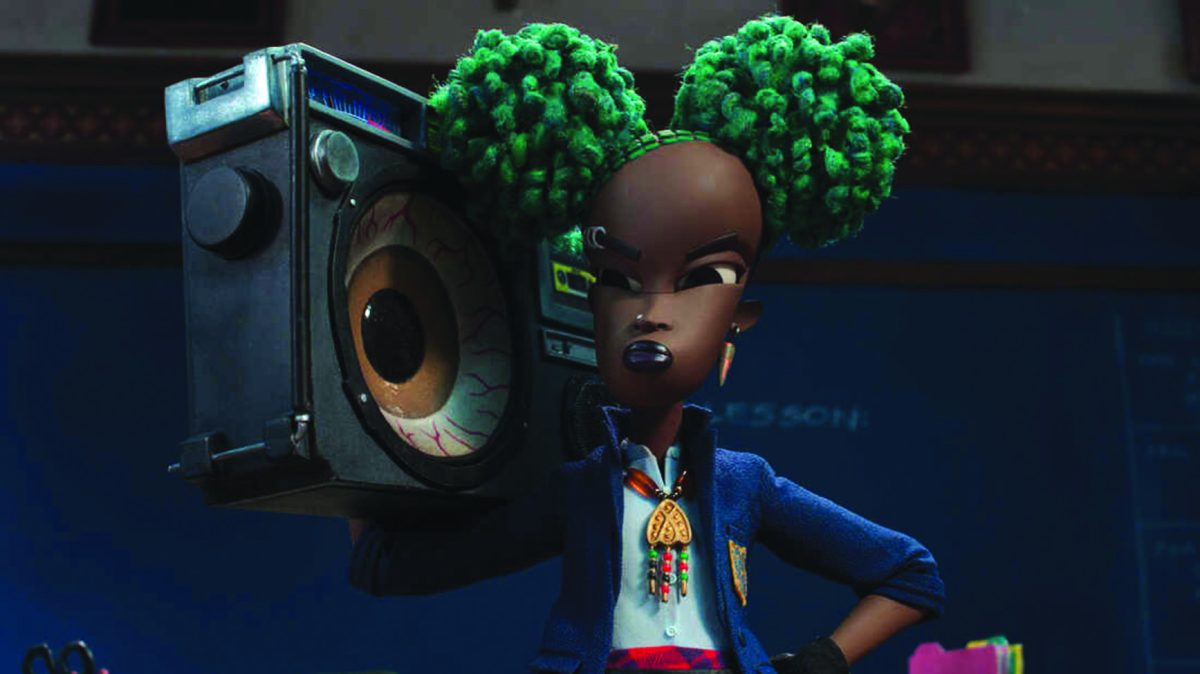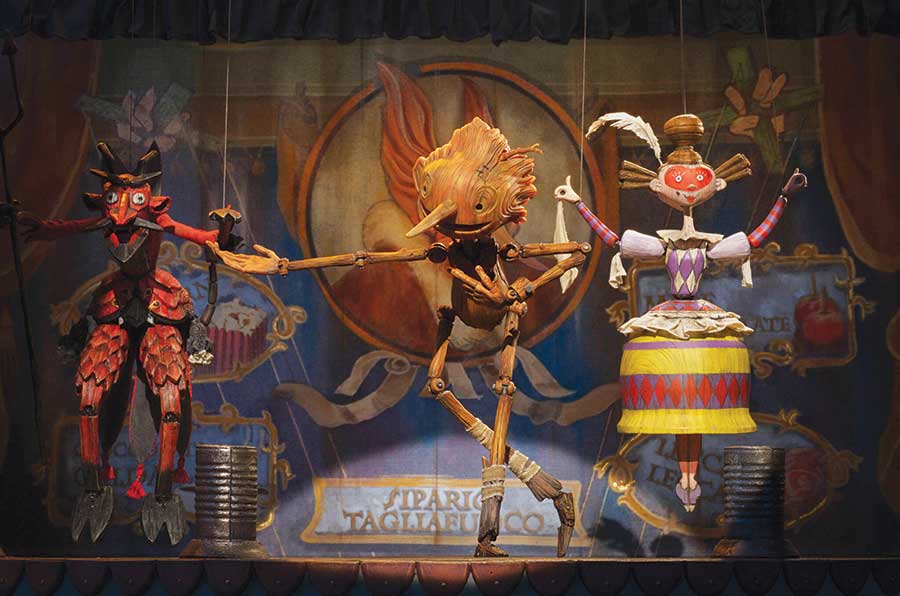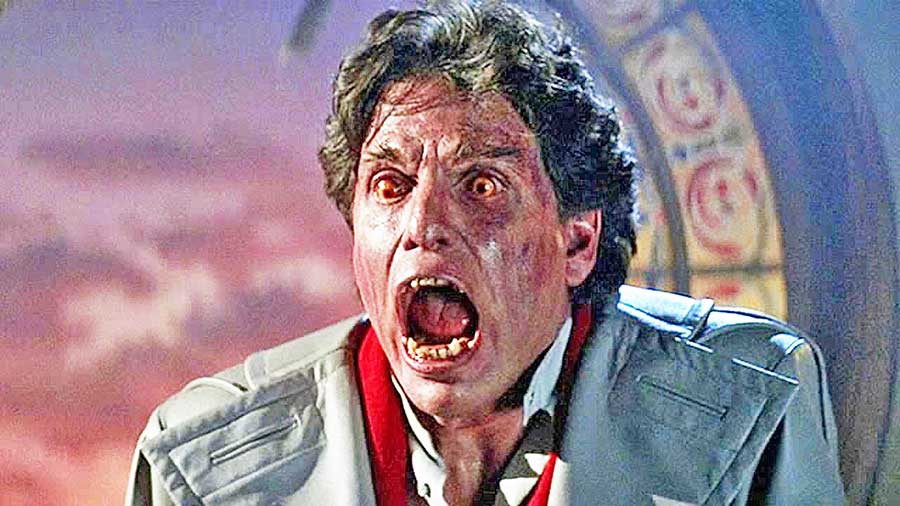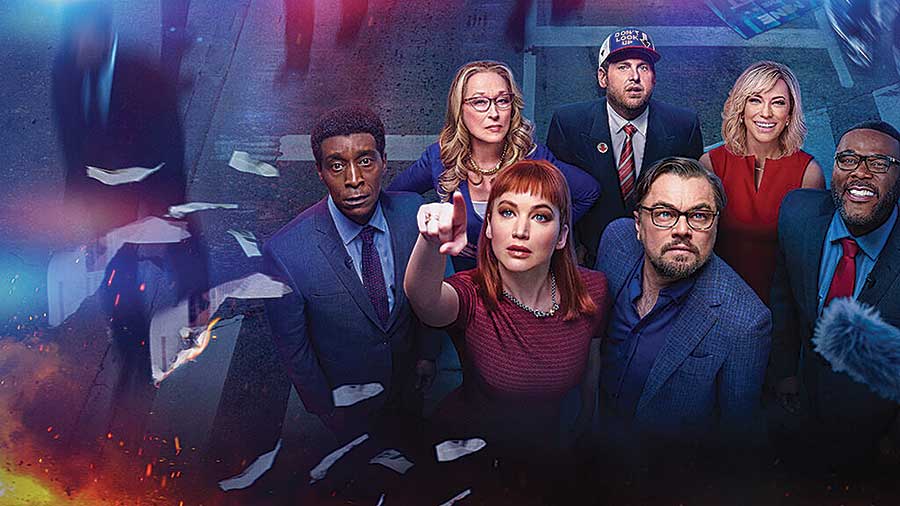The world returned to the grandeur of Middle-Earth this December, after many years of Peter Jackson’s epic enjoying the privilege of being one of the best selling movie trilogies in history.
History became legend. Legend became myth. And one reviewer, who couldn’t get enough of it, has been rewarded with the start of yet another installment to the franchise.
It has been a long wait.
The marketing campaign has teased just enough to get America chomping at the bit, but not showing too much as to oversaturate us.
How will it stack up to its illustrious predecessors?
Will Peter Jackson remain king of Tolkein-works?
Short answer? Yup.
Longer answer? It’s complicated.
First thing to get out of the way is, once again, my bias. “The Hobbit” was one of my favorite books when I was growing up. It wouldn’t be a stretch to say that I wouldn’t be as big a fan of fantasy as I am were it not for the charming adventures of Bilbo Baggins of Bag End, unlikely burglar and Ring-bearer.
“Rhaich!” I love “The Hobbit” (yeah, that’s an Elvish word, what of it?), and couldn’t wait to see what Peter Jackson did with it.
Second thing we have to get out of the way, yes, a short, 200-page book was spread out into three films, but each of the “Lord of the Rings” was only given one each?
Well, most people might not know this, but Tolkein wrote six appendices after he had completed “The Hobbit” and “The Lord of the Rings.” They were extra bits to flesh out his stories, and were not required reading to understand the main story.
But apparently Jackson wanted to paint the full picture (*coughmakemoremoneycough*) of Tolkein’s works, and as such there will be a few scenes in the first Hobbit movie that readers of the book may not remember from when they last set the book down.
Admittedly, because those particular scenes were never actually added to the original story their placement can feel awkward at times, but it is not overly distracting.
And third, the 48 frames-per-second that was such a big controversy?
Well, I was never able to see it in 48 fps, so that won’t be an issue for this review.
For those of you who haven’t seen the movie or read the book, here is a basic rundown of the plot without getting too spoiler-heavy.
Bilbo Baggins is a Hobbit of leisure who lives in the idyllic, rural Shire.
One day a wandering Wizard comes by and declares that Bilbo will share in an adventure with him and 14 Dwarves who seek to reclaim their homelands from the clutches of the evil Dragon Smaug.
A mighty cliché setup for this day and age, but you have to realize that Tolkein invented this stuff. He is the original high-fantasy, fully fleshed out setting writer.
Now, “The Hobbit” was originally a children’s book, and they kept that same sort of feel for the movie as it is a bit more light-hearted and comedic than the “Lord of the Rings” films.
However, the inclusion of the storylines gleaned from the appendices did cause there to be more serious scenes, and that might leave a few viewers with tonal whiplash.
But if you are really invested in the characters and the setting, these slight stumbles are easy to overlook.
Despite Jackson’s deep man-crush on Tolkein and all his works, there are a few significant deviations. And not just glaring omissions like Tom Bombadil in the “Lord of the Rings” movies, but full-on merging of characters. In this movie, the most glaring example is the merger of two sub-villains into one.
Enough plot, on to the actors and other back-end things.
Once again, Sir Ian McKellen is a god amongst actors as the wizened, mischievous, wandering wizard Gandalf the Grey.
His gravitas can turn to humor at the drop of a dime, and you better worship the very ground he walks upon you mortal worms!
Martin Freeman plays a great Bilbo Baggins, and works surprisingly well as a younger Ian Holm (the actor who was Bilbo in the “Lord of the Rings” movies). He is always charmingly befuddled, but still retains that witty air that will make you laugh.
Martin Freeman’s Bilbo also works as a great fish-out-of-water protagonist, as he is basically a walking exposition initiator. This is great, because realistically most people don’t discuss things they already know, and since Bilbo is the outsider to this little Dwarven adventure, he makes sure the information flows smoothly so the audience isn’t confused.
Richard Armitage as Thorin Oakenshield delivers a strong performance as the somber, haunted Dwarf prince, but in this portrayal he is a bit one-note, and that hurt the overall movie in my eyes. He is the driving force of the entire plot, so it would have been great to flesh him out some more.
Other notable performances were Andy Serkis reprising his role as Gollum, and Christopher Lee as the wonderful Sauriman the White before he turned EVIL!
Why doesn’t Lee have a solid-gold statue of himself in Times Square?



